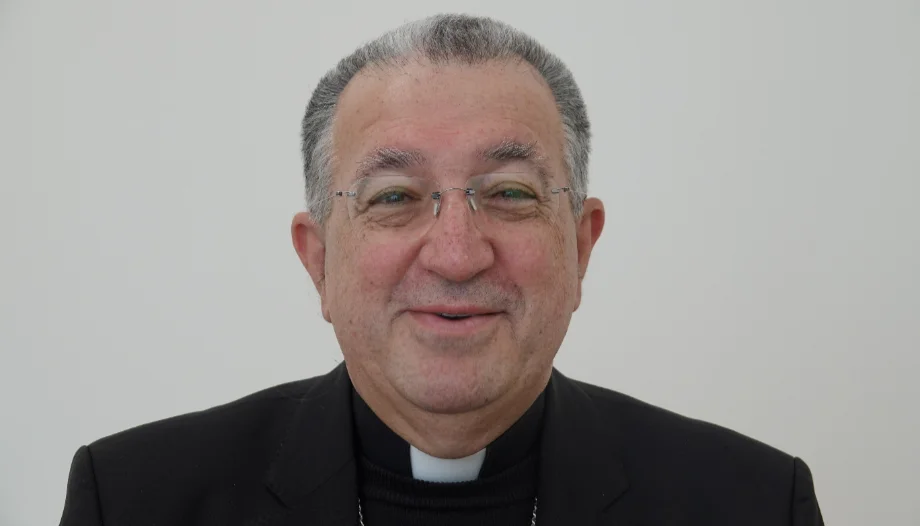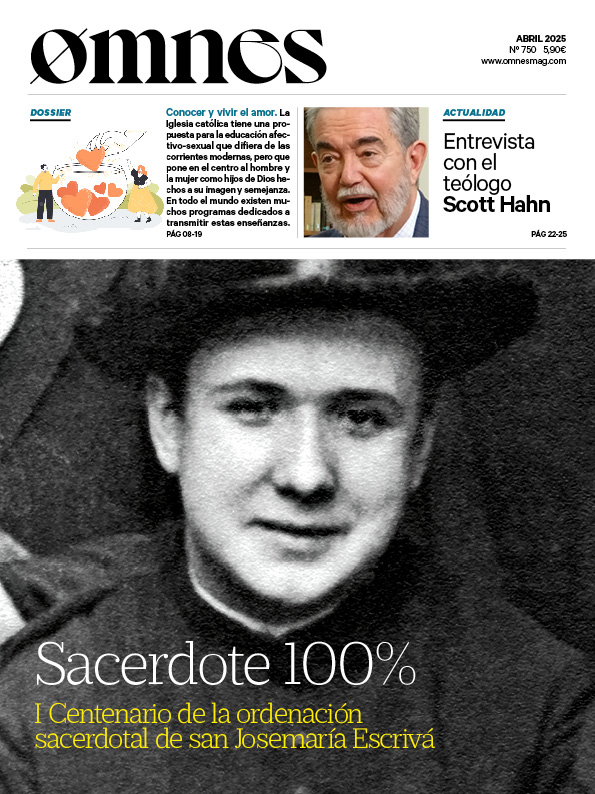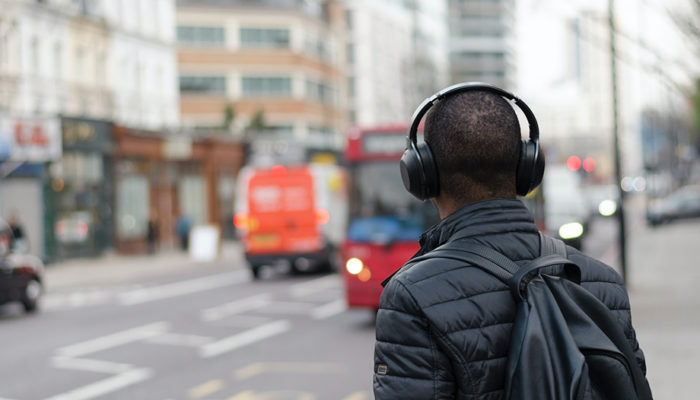The Diocese of Getafe presented in the last week of March the sociological report "Looking to the South of Madrid"The study, prepared by sociologist Andrés Aganzo, studies in depth the social, economic and demographic aspects of the territories located in the south of the Community of Madrid. The study points out that the metropolitan south is characterized by high levels of poverty, unemployment and job insecurity. The presentation of the report was attended by the Bishop of Getafe, Msgr. Ginés García Beltrán, and the auxiliary bishop, Msgr. José María Avendaño Perea, Andrés Aganzo and Gonzalo, a person who shared his testimony of the help received from Caritas.
Interview with Bishop Ginés García Beltrán on the challenges of his diocese, from the attention to immigrants to the promotion of Cerro de los Ángeles as a spiritual center, including the formation of future priests and the application of the social doctrine of the Church.
Getafe is the sixth largest diocese in Spain and continues to grow. What are the main pastoral challenges it faces?
The diocese has experienced great growth in recent years due to urban development in the south of Madrid. This poses an enormous challenge in evangelization and pastoral care. We find ourselves with parishes that have been filled with faithful from different backgrounds and with a great diversity of social and economic situations. Our challenge is to create lively and welcoming communities that respond to the spiritual and material needs of all.
In addition, we must face the generational change in the Church. It is key to form committed lay people and to care for priestly and religious vocations. We are also working on the formation of our priests so that they can better accompany the faithful in this changing context.
They have presented a diocesan report in which they talk about the reality of migration in the area. How is the Church responding to this phenomenon?
The south of Madrid is one of the areas with the greatest presence of immigrants in Spain. It is estimated that in the diocese there are some 250,000 immigrants of very different origins, especially from Latin America, Africa and Eastern Europe. Some of them have come to Madrid as a first stop, but many others have previously passed through other regions of Spain or even other European countries.
The Church responds to this challenge with a threefold response. In the first place, there is material aid, which we manage mainly through Caritas. Many immigrants come in search of food, clothing or financial support for urgent situations, such as the purchase of medicines.
Secondly, there is the human welcome, the personal support they receive from the parish communities. Many families have found in the Church a place where they feel at home, where they are listened to and accompanied in their difficulties.
Finally, and what I consider most important, is the community welcome. In our parishes we live the universality of the Church. They are authentically Catholic communities, where the faithful from different countries and cultures live together, united by the same faith. The most beautiful thing is that many people who were helped on their arrival in Spain, now want to help others. There are immigrants who passed through Caritas and today are volunteers, demonstrating that faith transforms lives.
Cerro de los Angeles is an emblematic place for the diocese and one of the Jubilee sites. How do you assess its role in the spiritual life of the faithful?
The Cerro de los Angeles is much more than a historical place. It is the spiritual center of the diocese and a reference point for all of Spain. Since the centenary of the consecration of Spain to the Sacred Heart in 2019, we have worked to revitalize its role as a space for prayer and evangelization.
We have created a specific vicariate for the Cerro and have organized activities ranging from perpetual adoration to spiritual exercises, retreats and prayer meetings. Every Sunday, hundreds of the faithful flock to the basilica, which fills up during the celebrations. In addition, schools and parishes from all over the diocese and even from outside Madrid choose it as a place of pilgrimage.
One of the great challenges we have is to improve the infrastructure. We would like to build a large house of spirituality to receive pilgrims and groups, but the municipal and regional ordinances limit us a lot. At present, the only facilities available are the Carmelite monastery and the diocesan seminary, where we have almost 40 seminarians.
In a context of vocational crisis in many dioceses, how does Getafe face the formation of its seminarians?
Thanks be to God, in Getafe we maintain a seminary with a stable number of vocations. We currently have 38 seminarians, which places us above the minimums established by Rome. For us, the formation of future priests is a priority. A seminary is not only a place of study, but a school of priestly life, where the pastoral style of the diocese is learned and its identity is internalized.
In addition, in Cerro de los Angeles we have a priestly house where young priests live together who prefer to share community instead of being alone in their parishes. This favors mutual support and strengthens the spiritual and fraternal life of the diocesan clergy.
On many occasions, when we talk about the Church's social doctrine, the emphasis is on denouncing poverty and injustice. Do you think that enough is said about the role of the entrepreneur and entrepreneurship?
It is true that the Church's social doctrine has traditionally placed greater emphasis on worker protection, especially in times of truly exploitative working conditions. However, the Church's teaching is clear: business has a fundamental role to play in building the common good.
In the diocese there are very interesting initiatives in this regard. For example, in Parla, a group of Christian entrepreneurs has emerged as part of the ASE Association. They meet periodically to reflect on how to live the faith in the business environment and apply the social doctrine of the Church in the management of their businesses.
The role of the entrepreneur is essential to society. They generate employment, create wealth and have the opportunity to positively influence the lives of many people. I believe that from the Church we must accompany Christian entrepreneurs more, give them formation and offer them spaces to share their concerns and their testimony of faith.
What is your message to the faithful of the Diocese of Getafe?
I would like to encourage all the faithful of the diocese to continue to live their faith with joy and courage. The Church in the south of Madrid has a great richness in its diversity and a great responsibility in its mission. In a rapidly changing world, our task is to be light and salt, to bring the message of Christ to all corners of our society.
I ask you to pray for your priests and seminarians, to be actively involved in your parishes and not to be afraid to witness to your faith in your daily lives. May the Sacred Heart of JesusMay the Virgin Mary, who presides over our Cerro de los Angeles, guide and strengthen us on this path.









